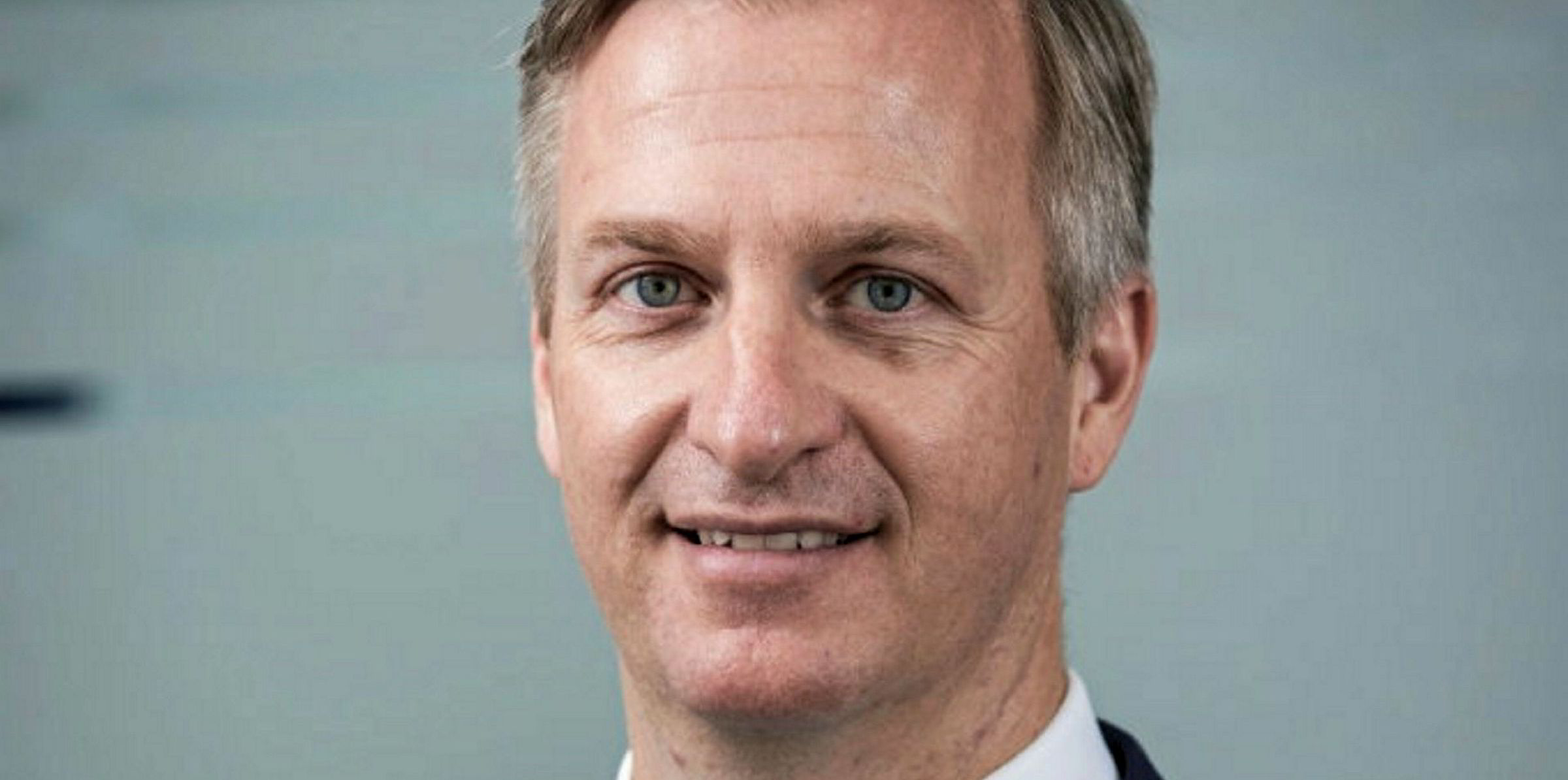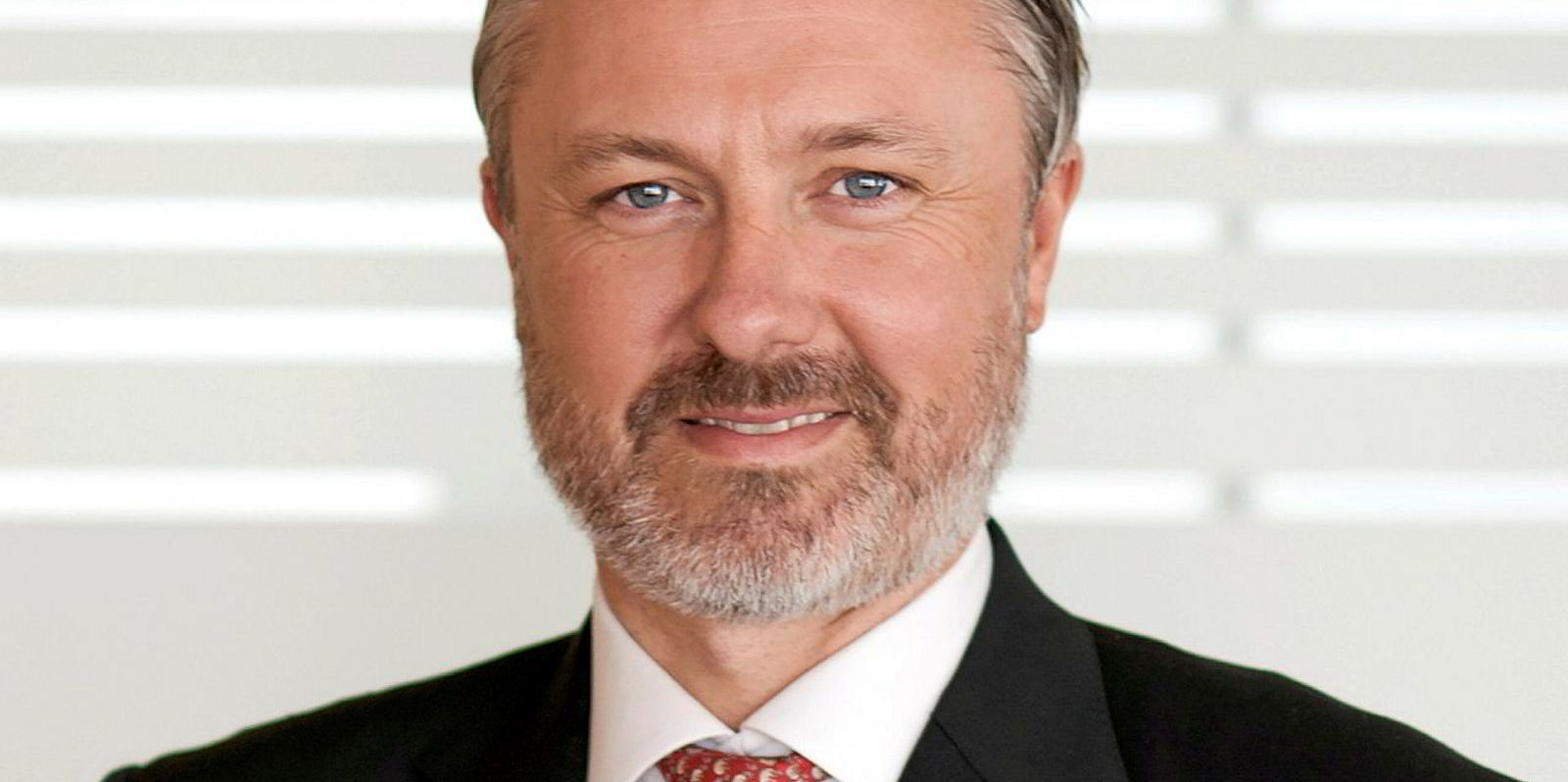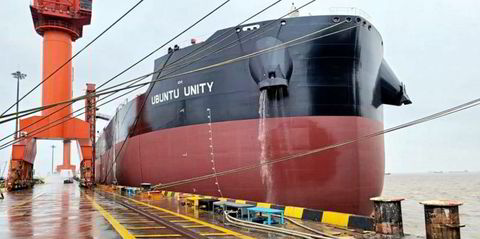P&O Maritime Logistics is inventing a new business model for the platform supply vessel sector.
The Dubai-based offshore vessel giant has developed a freight rate-based model backed by technology innovations and big data that is being tested in a pilot project underway in Nigeria.
This is a very different concept for the PSV sector, which operates on a vessel charter model, where the focus of the shipowner is primarily on the asset.
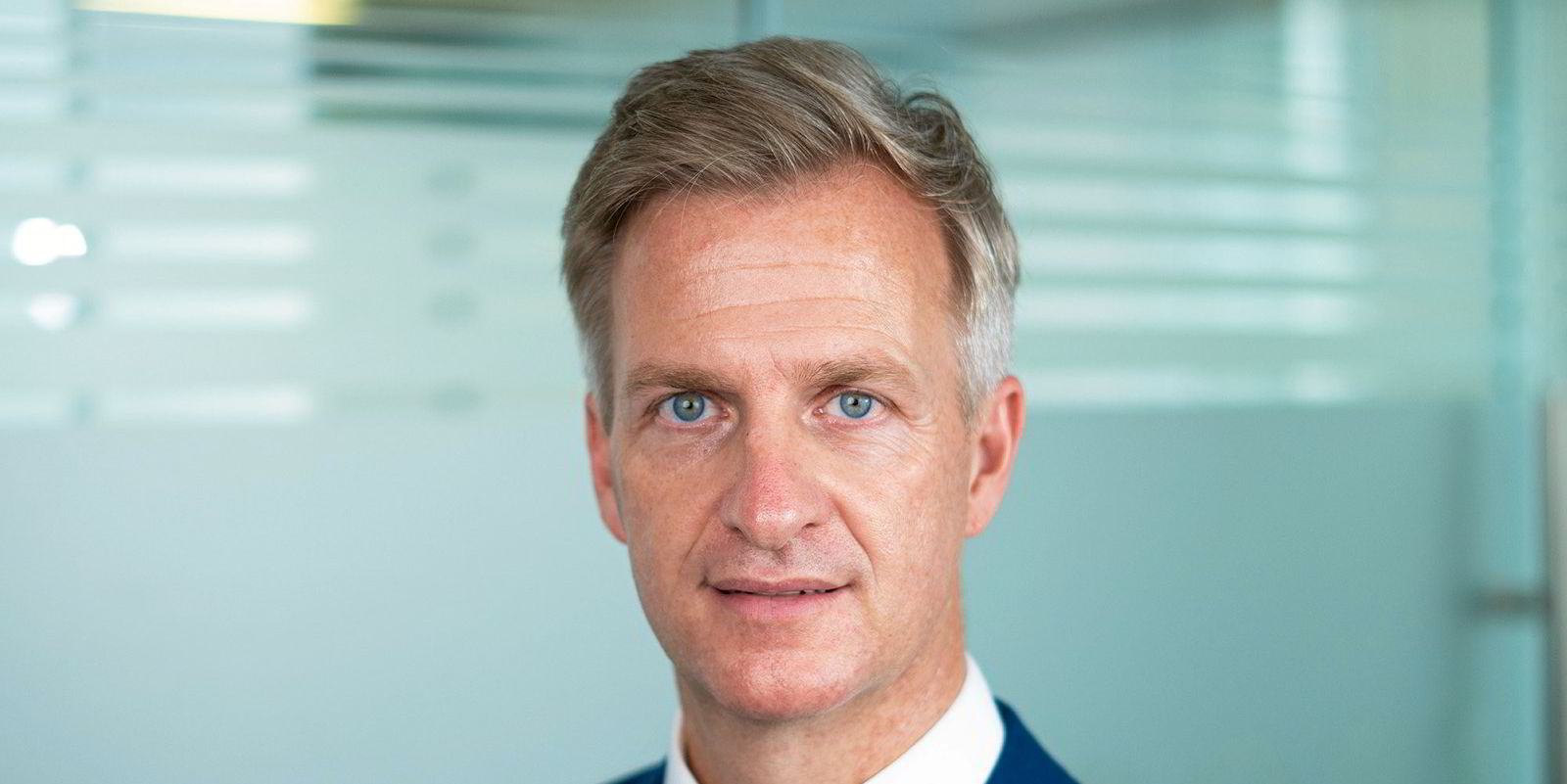
P&O Maritime chief executive Martin Helweg claims the asset-focussed charter model needs to be changed to reduce structural oversupply and ensure a sustainable future for the offshore support vessel industry.
"I believe the business model in its current form is dead. It does not add value to either the operator or the customer," he said.
A review of data from a two-year period conducted by P&O Maritime revealed that under the charter model, PSV's spend 20% of their time waiting to get into port, and when in port, spend only 20% of their time loading and unloading.
The rest of the time is spent idle, waiting for the next assignment at the charterer's cost.
When the vessels are operating, the data study revealed that the average deck capacity utilisation was only 65%, and the below deck capacity utilised was considerably less.
And 15% of voyages were to a single destination.
Energy companies also incur high shore base start-up costs, including equipment and rentals in addition to paying daily hire on the vessels.
Christian Arndt, P&O Maritime vice president of logistics, said that under the current charter model, energy companies measure productive time by how often the vessels are out sailing.
"It's like a dispatcher in charge of a fleet of 100 trucks whose performance is measured by their utilisation. To show high utilisation to please their boss, they send one parcel out on each truck," Arndt explained.
"The same applies in offshore. And that is why we have the structural oversupply."
Helweg said this results in too many operators with too many ships chasing too few customers.
"Charter rates are down and there is constant pressure on costs. The purchasing power is firmly with the customer," he said.
"The market has become commoditised. Operators try to market themselves by offering more sophisticated vessels, but the contract goes to the company that offers the lowest rate. This is not a sustainable business model."
Consolidation and scrapping would not change the fundamental challenge the PSV sector is facing, Helweg added.
"The business model does not add value to the customer. Clients don't want to know what GPS or DP2 system you have on board. They are interested only about when and for how much their material will be delivered," he said.
"As an operator, if you don't control the cargo flow, you can't unlock that value."
Flexible and scalable
FlexDELIVERY, P&O Maritime's new business model being piloted in Nigeria, focuses purely on cargo delivery — the service that Helweg and Arndt believe is what is required by the energy industry.
Instead of being just a vessel provider, the company is moving to become a last-mile delivery service provider.
In Nigeria, it has partnered with IO Materials Services, operating out of the local company's supply bases.
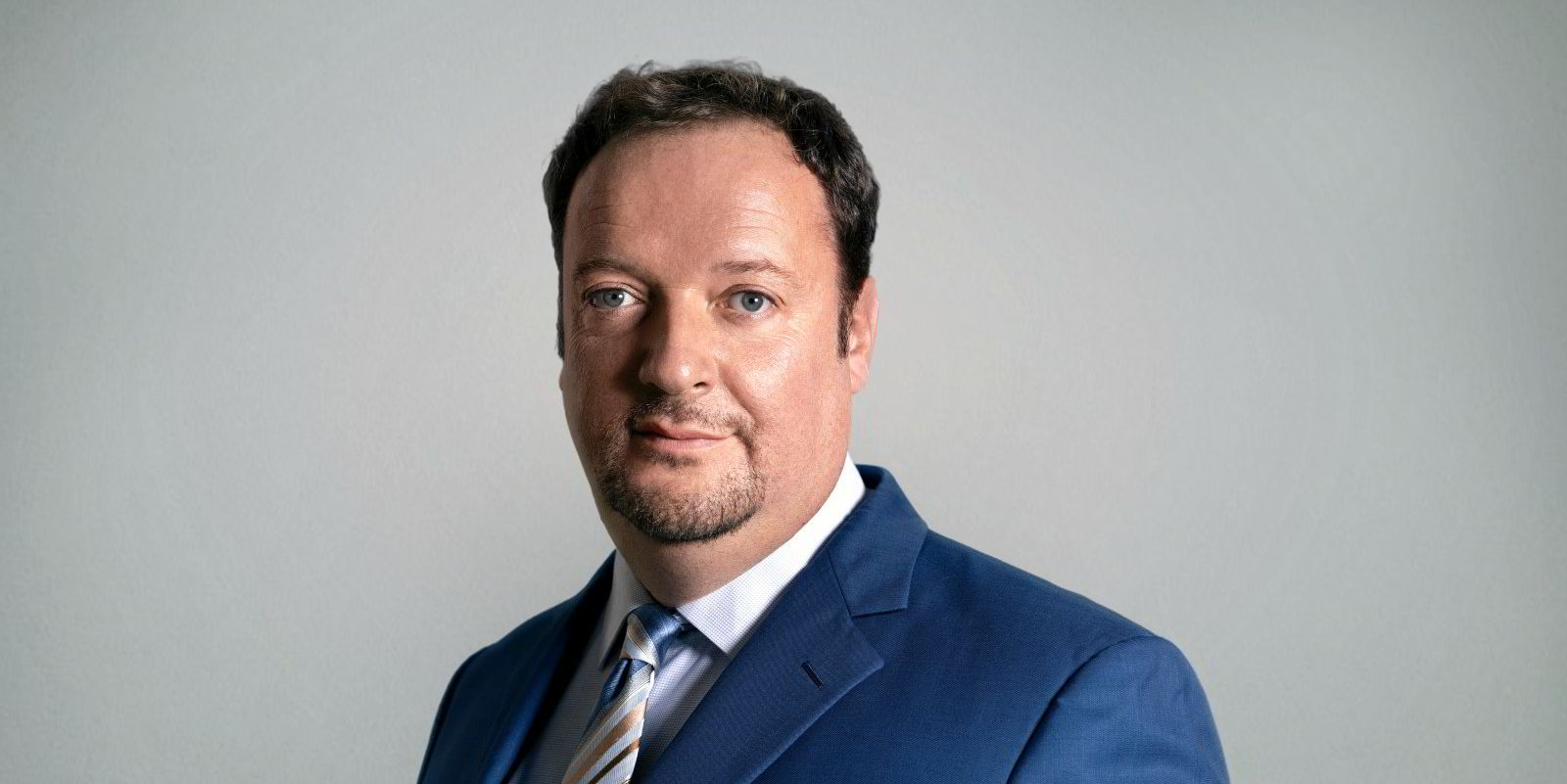
Arndt, who is spearheading the project, said the model is similar to the land and air logistics sectors.
"This is not revolutionary. It has simply not been done in this industry. Every other industry has figured this out. It is not that oil companies haven't been progressive; it is just they haven't been so in their supply chain," he said.
Customers upload their inventory into an online booking platform that the company says provides predictability by giving a real-time view on cargo movement and delivery dates.
The system allows customers to coordinate their whole supply chain, and facilitates forward planning.
After a client's cargo is delivered to P&O Maritime's designated dockside supply base, it is prepared for loading onto the PSVs, which operate a network of fixed sailings on regular routes, which the company calls milk runs.
The customer pays only the deck space freight rate.
By using data analytics, P&O Maritime is able to plan supply routes and match the appropriate vessels to projected freight requirements.
"It is the difference between paying for a rental car that stands outside your house all day or calling an Uber," Arndt explained.
On average, P&O Maritime expects the FlexDELIVERY model will reduce client freight costs by between 20% and 30% per item transported, moving the cargo 40% faster using 30% of the assets as compared to traditional time-charter supply contracts.
Helweg said the model is being well received in Nigeria and the volumes are significant "all the way from shallow water to ultra-deep".
"What we are looking for in Nigeria is proof of concept. We want to show this model is scalable. We don't even have to own all the assets. We can contract other vessels when required, or in markets where there is a requirement for local content," he said.
"An added value for us with this model is that it creates more stickiness with the customer. It makes us harder to replace."
P&O Maritime Logistics was formed in December 2019 when offshore operator Topaz Energy & Marine was merged with marine services company P&O Maritime.
The company, wholly owned by Dubai's DP World, has a fleet of 400 offshore vessels, workboats and barges.
Core units of the fleet are 90 anchor handling tug supply vessels, PSVs, multipurpose PSVs, emergency response & rescue vessels and multi-carrying vessels.
Significant areas of operation are the Caspian region, West Africa, Europe, Australia and the Middle East.

